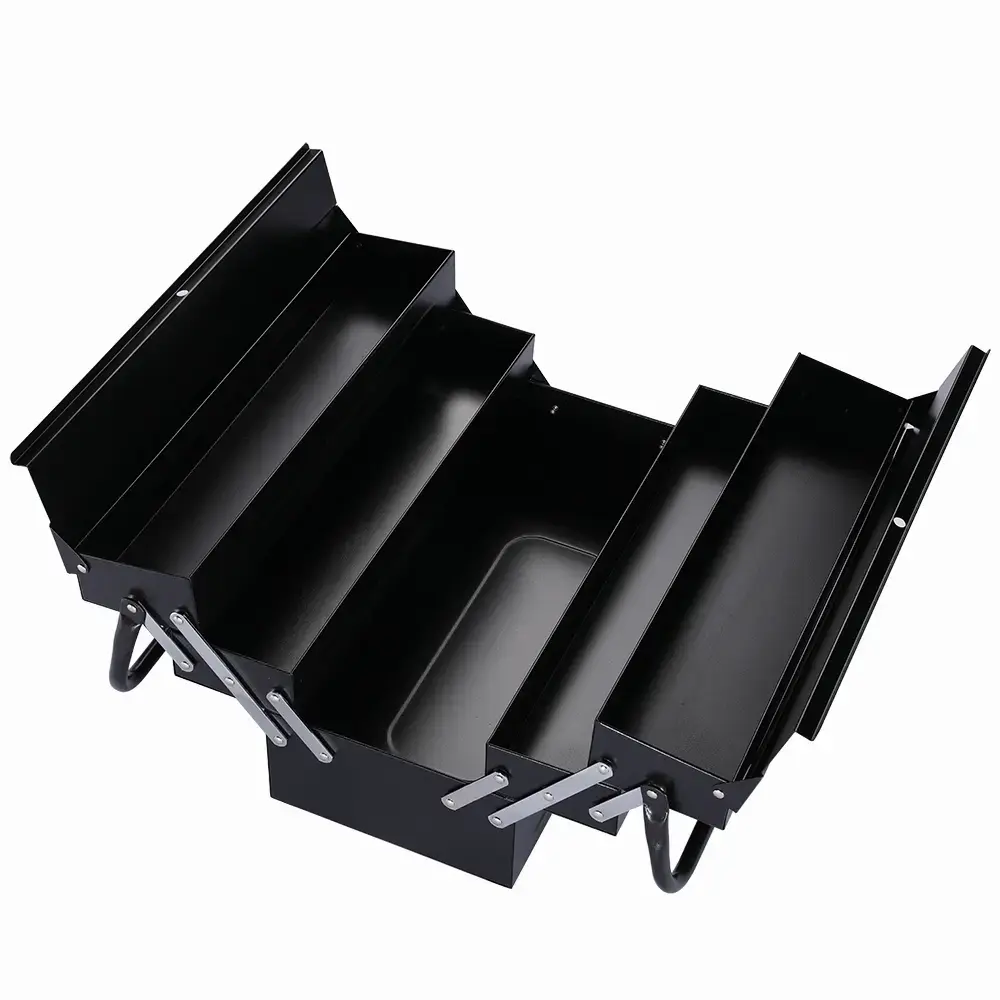Antistatic tool cabinets vs. common metal cabinets
Electrostatic discharge (ESD) is a serious problem in the electronics manufacturing industry and can cause irreparable damage to sensitive electronic components. Therefore, choosing the right storage and working equipment is crucial to preventing static damage. This article will compare the functions and characteristics of antistatic tool cabinets and common metal cabinets to help decision makers in the electronics manufacturing industry choose the most suitable solution.
First, the functions and advantages of anti-static tool cabinet
1. The ESD function
The core function of an ESD tool cabinet is to eliminate static electricity and protect electronic components from electrostatic damage. Its internal and external surfaces are specially treated to effectively prevent the accumulation and discharge of static electricity.
2. Moisture and dust prevention
In addition to the anti-static function, the anti-static tool cabinet also has the features of moisture and dust resistance. This helps protect the electronic components from moisture and dust, further improving the reliability and service life of the components.
3. Humanized design
The design of the anti-static tool cabinet focuses on humanity, and usually has adjustable drawers and laminates that can be adjusted according to the size and shape of the stored items. This flexibility allows the tool cabinet to adapt to different storage needs.
4. Safety and durability
Antistatic tool cabinets are usually made of high quality materials with good safety and durability. This not only ensures the long service life of the tool cabinet, but also provides additional security for the electronic components stored.
Second, the functions and characteristics of common metal cabinets
1. Rugged and durable
Common metal cabinets are known for their rugged properties. They are usually made of steel or aluminum alloy and can withstand heavy loads and frequent use.
2. Cost effectiveness
The cost of a common metal cabinet is usually lower than that of an ESD tool cabinet. This makes them ideal for businesses with limited budgets.
3. Versatility
Common metal cabinets can be used to store a variety of items, not limited to electronic components. Their versatility makes them useful in a variety of industrial environments.
Third, the selection strategy of electronic manufacturing industry
1. Assess the risk of static electricity
Before choosing a tool cabinet, companies should first assess the risk of static electricity in their production environment. If sensitive electronic components are involved in the production process, an anti-static tool cabinet is essential.
2. Consider cost and budget
While anti-static tool cabinets offer more protection, they are also relatively costly. Businesses need to make trade-offs based on their budget and actual needs.
3. Flexibility and scalability
As your business grows, your storage needs may change. Choose a tool cabinet with flexibility and scalability to better adapt to future changes.
4. Maintenance and maintenance
Whether it is an anti-static tool cabinet or a common metal cabinet, it needs regular maintenance and maintenance to ensure its long-term service life and performance.
In the electronics manufacturing industry, choosing the right tool cabinet is critical to protecting sensitive electronic components. Anti-static tool cabinets provide comprehensive static protection and are ideal for handling sensitive components. However, common metal cabinets are still the first choice for many businesses because of their cost effectiveness and versatility. By assessing static risk, considering cost and budget, choosing flexible and scalable solutions, and performing appropriate care and maintenance, companies can make the choice that best suits their needs.
I hope that the analysis of this article can help you better understand the difference between anti-static tool cabinets and ordinary metal cabinets, and provide a valuable reference for your electronic manufacturing industry. If you have any further questions or need more detailed information, please feel free to contact us.

